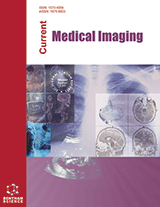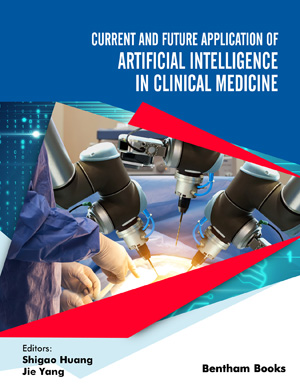
Abstract
Objective: Accurate prediction of recurrence risk after resction in patients with Hepatocellular Carcinoma (HCC) may help to individualize therapy strategies. This study aimed to develop machine learning models based on preoperative clinical factors and multiparameter Magnetic Resonance Imaging (MRI) characteristics to predict the 1-year recurrence after HCC resection.
Methods: Eighty-two patients with single HCC who underwent surgery were retrospectively analyzed. All patients underwent preoperative gadoxetic acidenhanced MRI examination. Preoperative clinical factors and MRI characteristics were collected for feature selection. Least Absolute Shrinkage and Selection Operator (LASSO) was applied to select the optimal features for predicting postoperative 1-year recurrence of HCC. Four machine learning algorithms, Multilayer Perception (MLP), random forest, support vector machine, and k-nearest neighbor, were used to construct the predictive models based on the selected features. A Receiver Operating Characteristic (ROC) curve was used to assess the performance of each model.
Results: Among the enrolled patients, 32 patients experienced recurrences within one year, while 50 did not. Tumor size, peritumoral hypointensity, decreasing ratio of liver parenchyma T1 value (ΔT1), and α-fetoprotein (AFP) levels were selected by using LASSO to develop the machine learning models. The area under the curve (AUC) of each model exceeded 0.72. Among the models, the MLP model showed the best performance with an AUC, accuracy, sensitivity, and specificity of 0.813, 0.742, 0.570, and 0.853, respectively.
Conclusion: Machine learning models can accurately predict postoperative 1-year recurrence in patients with HCC, which may help to provide individualized treatment.
Keywords: Hepatocellular carcinoma, Gadoxetic acid, Magnetic resonance imaging, Recurrence, Machine learning, Prediction model.











